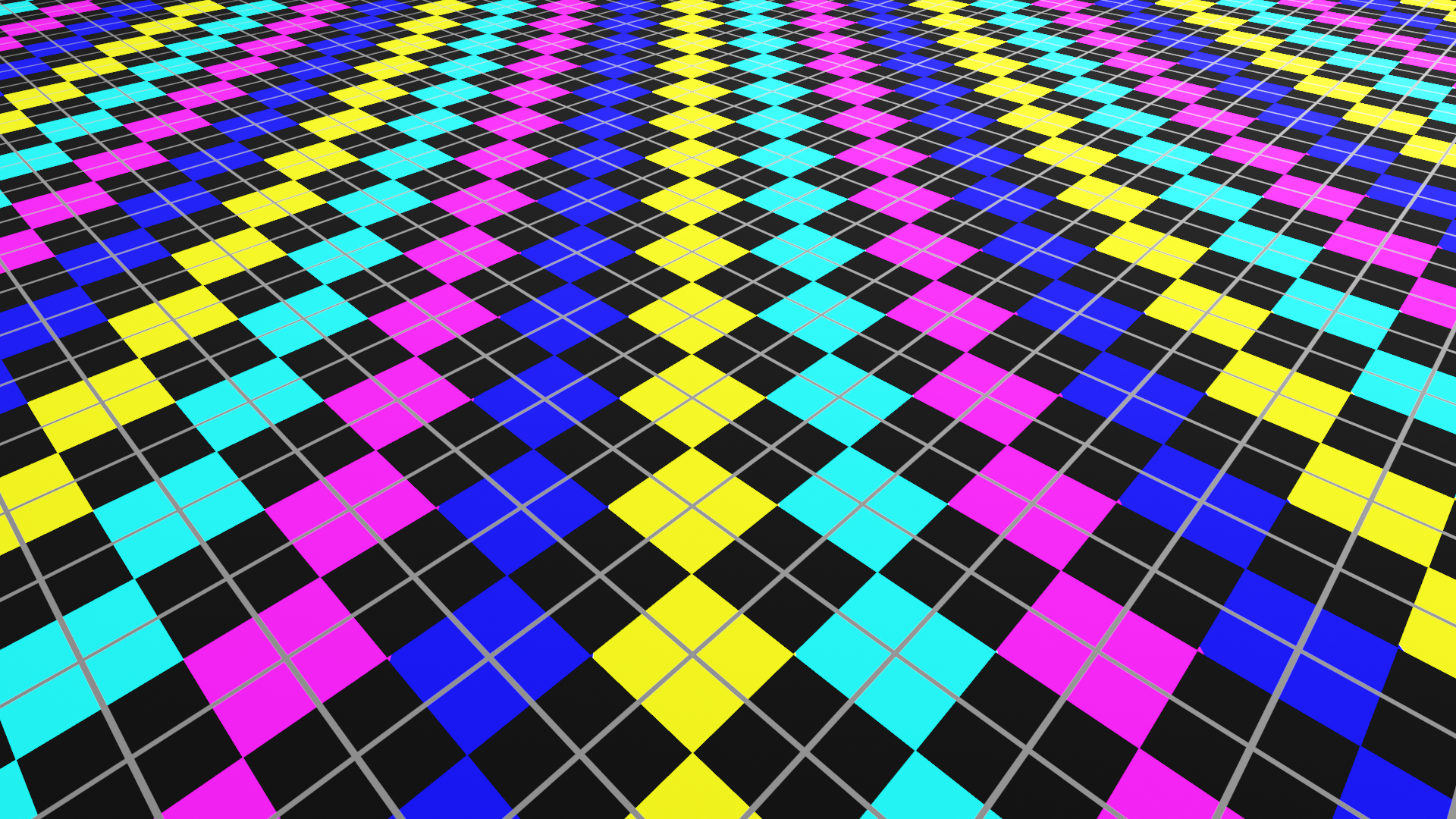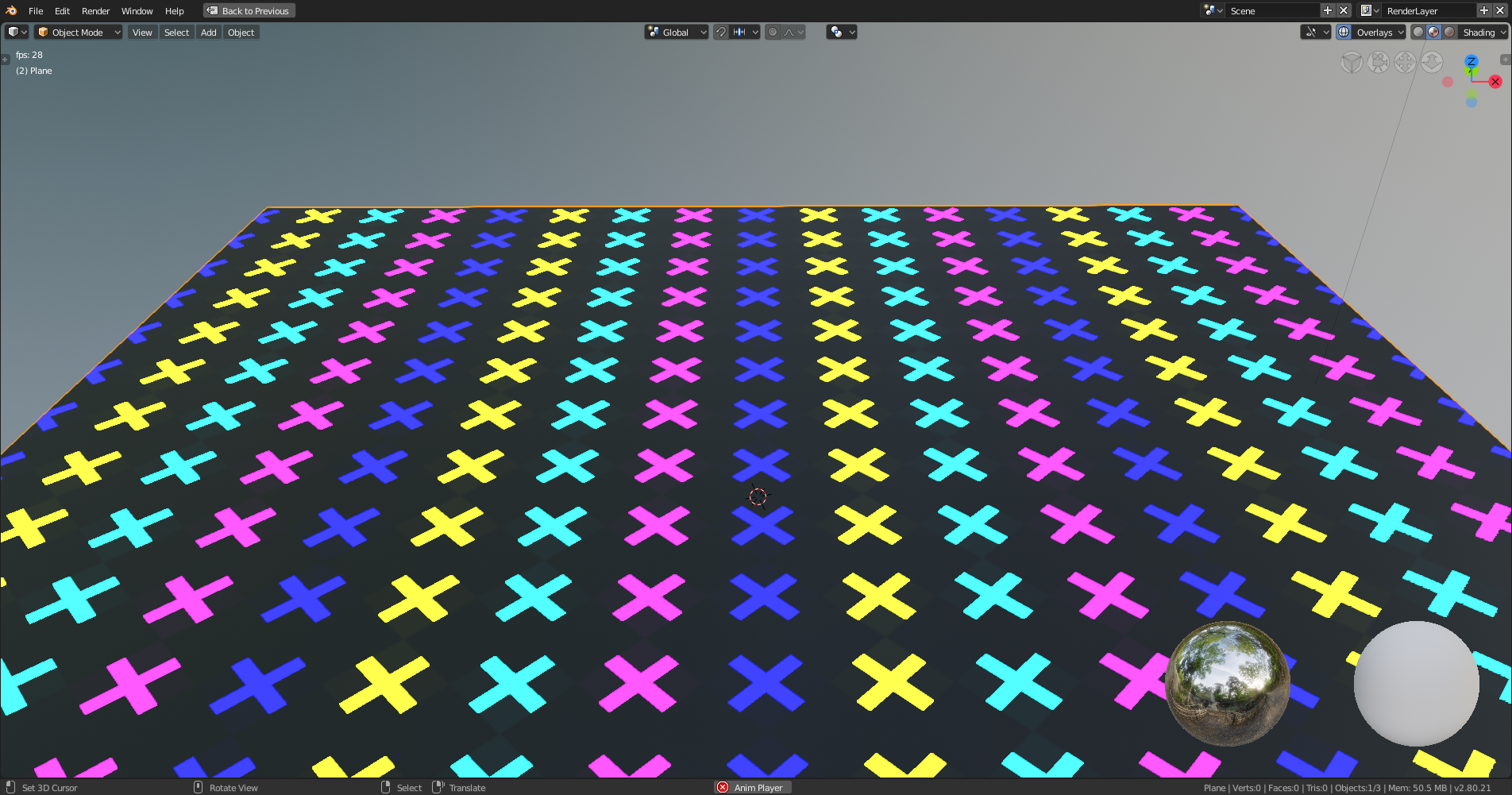Something I've been wondering about for a while is why stripes aren't more common in CG art? They're VERY common IRL, not just in basic forms but also in complex layerings such as plaids and argyles. Yet you hardly ever see them in CG artwork.
And doing them procedurally is super easy in Blender. In fact, you only need 3 nodes for a basic stripe pattern. A mapping node (to control the direction), a wave texture node (If you're using 2.78 or later, I think... Including 2.8 Alpha 2), and a color ramp.
For the mapping node, using 45 (either plus or minus, depending on what you want) will control the direction of the stripe. Using a plane or UV mapping, I'll usually do this on the Z rotation, but you could also use 45 on the Y or -45 on the X for Horizontal or Vertical respectively. For crossing patterns, I'll set one to a 90 degree angle to the rest, so if I have one at 45, I'll have the other at -45.
For the wave texture, instead of the default sine wave profile (which, incidentally, could give you an ABCBA type pattern, but it's not as intuitive to control on the next part), use the Saw profile. If you've ever seen Bartek Skorupa's Wood shader tutorial hear on CG Cookie, it produces the same effect as the modulo node group he creates, but has the advantage of working over the entire object instead of having certain ranges not work at all. In fact, when I first did a tutorial, that node group was what I used, but that was before the Wave texture had the saw profile.
Finally, we have the color ramp. This is where the real fun of the stripes is. Set the interpolation mode to constant. Then, all you have to do is set markers where you want stripes. Since the color can be set in the the color ramp, that's all you need! Set the pattern, and the colors you want for your pattern. It can be as simple or as complex as you like.
Once you can do the simple stripes, doing complex ones is just a matter of layering stripes at a 90 degree angle from the base and mixing the results with the color mix node. Try different blending modes to get different effects for the mix. And not only can you mix simple stripes, but you can mix complex striped patterns together to form things like argyles and plaids. Once you know how, the sky's the limit!
This is an argyle pattern I did by mixing and layering several striping patterns.
When I was playing around with the blending modes trying to get the argyle pattern, I came across this as an interesting result.
